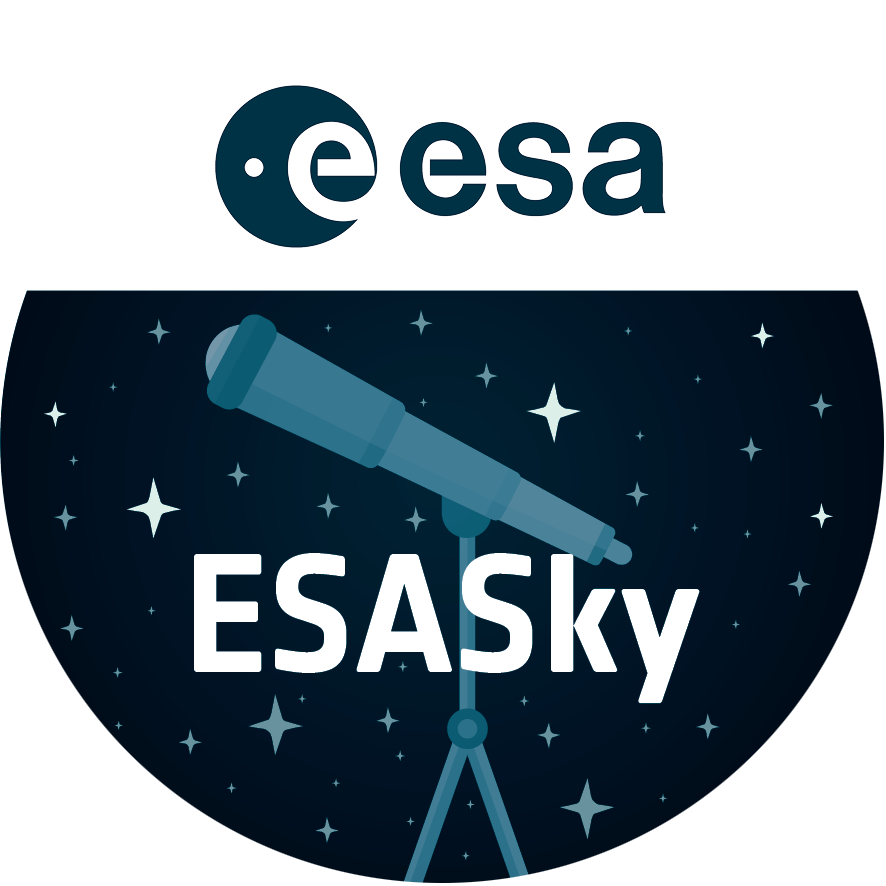
Idea to extend ESASky capabilities
I am playing around a little bit with Jupyter notebooks, and I was wondering whether would it be a good idea to implement something in python or any other programming languaje, that allows to send a request to ESASky in order to perform a crossmatch between a determined resultset, provided by the user, and the observations made by a specific science mission for that same area.
For example, imagine that I am a user that wants to perform a study about x-ray objects. I have a resulset produced by the data retrieved from XSA TAP service and reduced following a determined critera that will help me to find ... ????.
Now I want to cross my results with the observations made by Chandra mission, for that same area of interest, with a determined filtering, a specific background map and any other aditional flag like for example the publications available for the sources contained in that area, and finally, display those results in ESASky.
This would it be reasonable or useful from the user point of view?
Furthemore, that service could be useful for the rest of the archives. For example, going back to X-rays example. If a XSA user mades a filtering of data and now, from the XSA interface, we wants to cross those results with Chandra and display them in ESASky. Perhaps, could it be possible to send a json file to ESASky with all the information that it needs to do this and display the results in ESASky.
Does this make sense?
Customer support service by UserEcho


Dear Maria,
We also have an ESASky javascript API and we are working with some of the ESA astronomy archives to use this in their UI - keep watching our archives, news will come! More information on the API:
https://www.cosmos.esa.int/web/esdc/esasky-javascript-api
Many thanks for your feedback!
Debbie on behalf of the ESASky team
Dear María,
we now have a python module that allows you to use ESASky in a Jupyter Notebook. You can work with the capabilities of ESASky and also upload your own data to the application. Go here for more information:
https://www.cosmos.esa.int/web/esdc/pyesasky
Cheers,
Belén
Dear Maria,
Many thanks for your feedback and ideas! Regarding Jupyter notebooks, have you tried the ESASky astroquery module? Information can be found here: https://www.cosmos.esa.int/web/esdc/esasky-astroquery-module and here: https://astroquery.readthedocs.io/en/latest/esasky/esasky.html
and we have a couple of videos here: https://www.cosmos.esa.int/web/esdc/esasky-how-to
Sending results from python to ESASky can't yet be done, however we are looking into ways to 'glue' ESASky with Glue (http://glueviz.org/)! And if you're interested in us creating something like a Jupyter widget for ESASky, we'll add this to our backlog?
Finally, your last point is very interesting and we'd like to work on more interaction between the ESA astronomy archives and ESASky. We've added your feedback to the backlog.
Many thanks!
Debbie, on behalf of the ESASky team